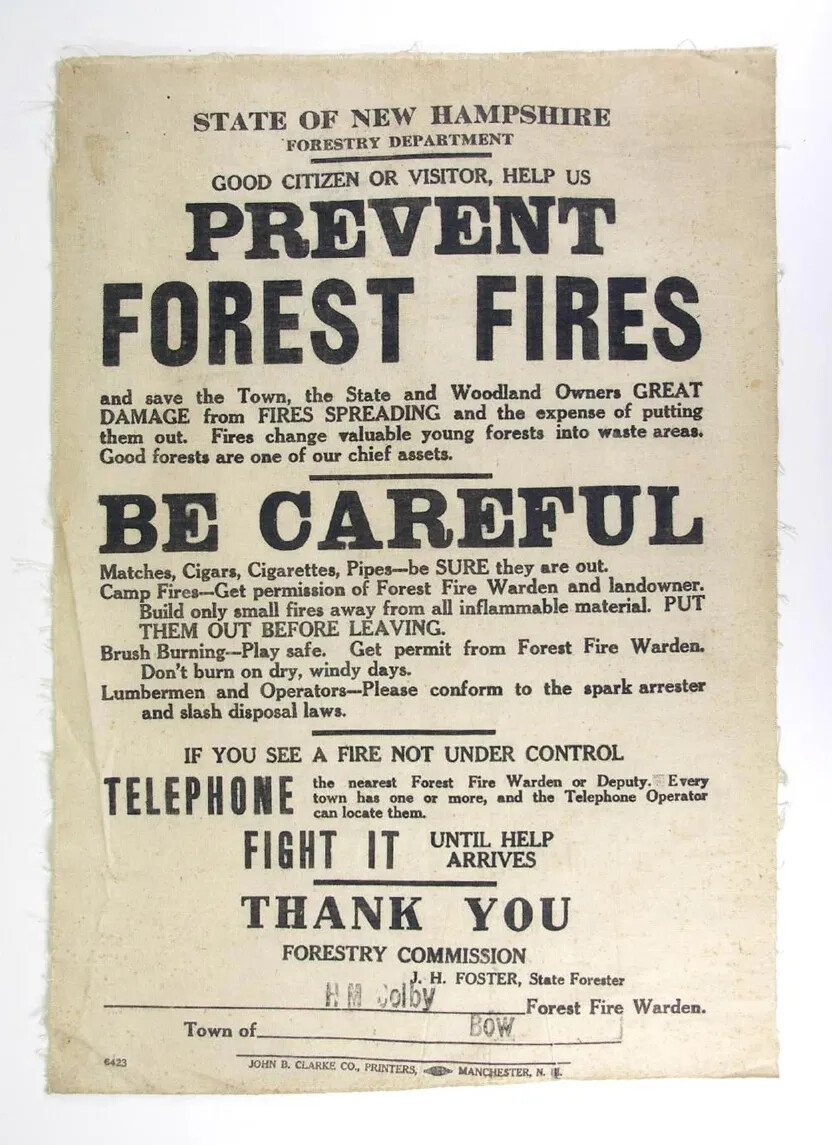Staging the Question
Debate what is gained and lost as a landscape changes from a forest to a city.
Summative Performance Task
Argument
Are New Hampshire’s forests a natural resource we should protect? Create a presentation that teaches others about this topic and presents an argument through text, images, and audio.
Extension
How have the reasons and methods for forest protection changed over time? Research a current effort to protect New Hampshire’s forests and compare it to one of the methods used in the early 20th century.
Taking Informed Action
Understand
Identify a natural resource has been important to your local community in the past and/or present.
Assess
How is that natural resource used today? Is a local resource under threat?
Action
Create a public service announcement to teach others about this natural resource and provide tips for protecting it. Share it through an online or local media outlet.













